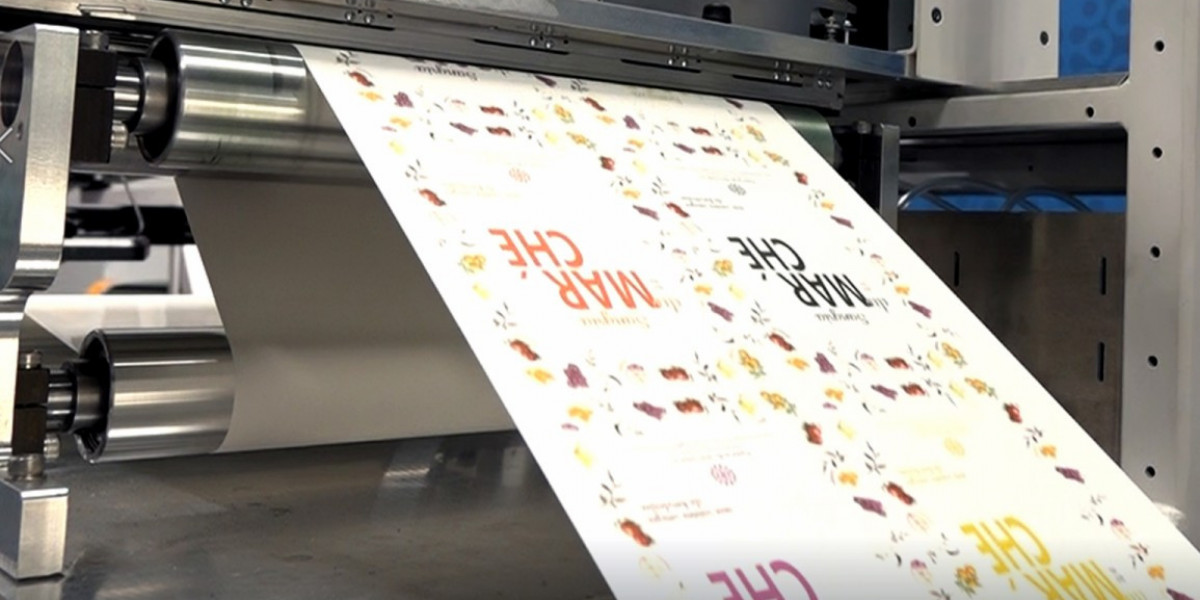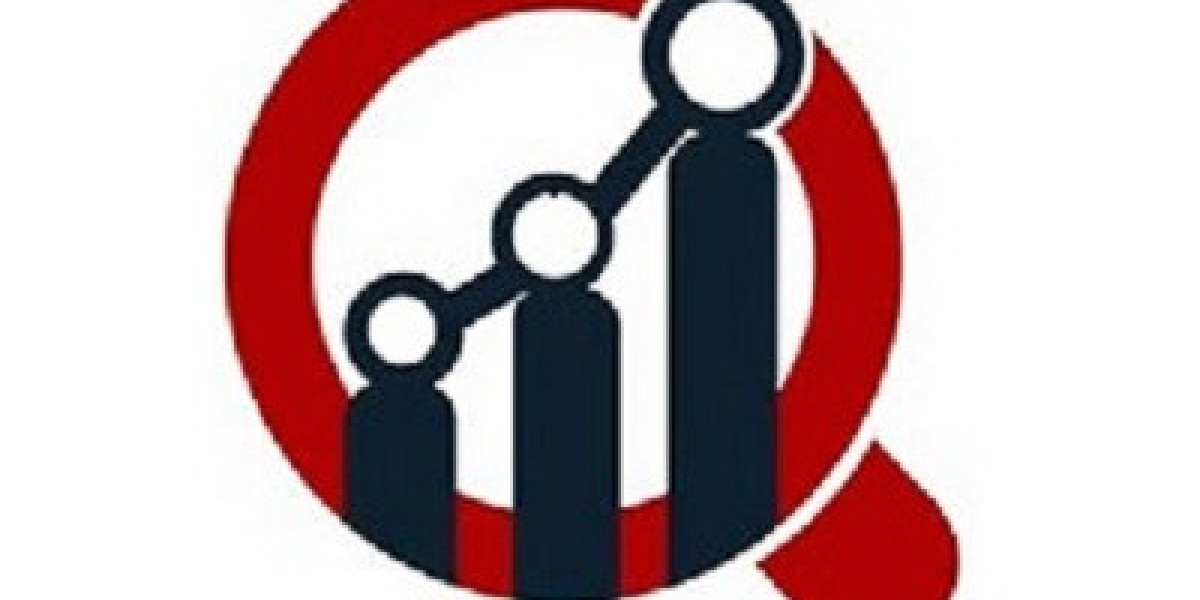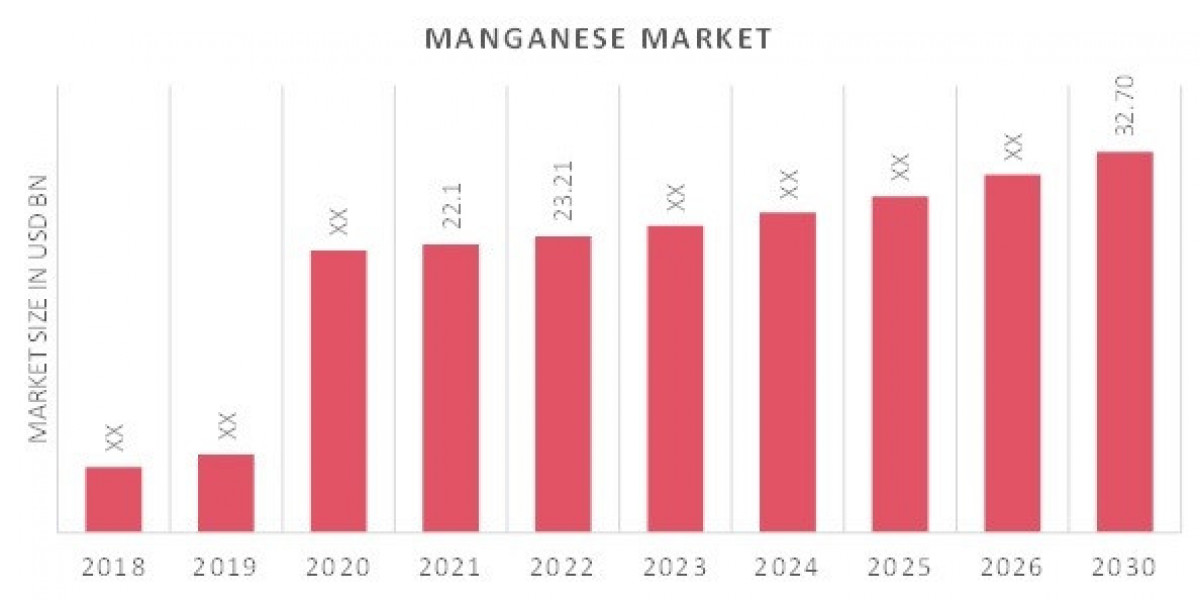According to the new market research report “Digital Printing Packaging Market by Printing Inks (Solvent-based, UV-based, Aqueous), Printing Technology, Format, Packaging Type (Corrugated, Folding cartons, Flexible Packaging, Labels), End-use Industry and Region - Global Forecast to 2027”, published by MarketsandMarkets™, the global digital printing packaging market size is projected to grow from USD 29.4 billion in 2022 to USD 45.1 billion by 2027, at a CAGR of 8.9% from 2022 to 2027.
The growth of the digital printing packaging market is attributed to incorporation of digital printing into different packaging media, such as corrugated boxes, cartons, bags, metal, cans, tags, and labels. Digital printing on packaging mediums provides a variety of benefits, such as photo-realistic illustrations, aesthetic appeal, and better communicability, and also plays a role in the marketing, promotional, and distributional activities of end-products. In 2020, the digital printing packaging market was significantly impacted by the COVID-19 pandemic, with a substantial decline in its CAGR. However, recovery was witnessed with a positive impact on the digital printing packaging market because of demand in the construction sector in 2021.
Download PDF Brochure: https://www.marketsandmarkets.com/pdfdownloadNew.asp?id=249244591
Browse in-depth TOC on “Digital Printing Packaging Market”
613 – Tables
50 – Figures
396 – Pages
View Detailed Table of Content Here: https://www.marketsandmarkets.com/Market-Reports/digital-printing-packaging-market-249244591.html
UV-based printing ink is the fastest growing market
UV-based inks are cured by exposure to strong UV light. These inks are pure solid systems and do not contain solvents. The lack of solvents offers environmental benefits, high speed, and faster turnaround time. The curing process takes place through the interaction of the ink ingredients and a strong UV light source in a dryer. They can be rapidly cured, thereby increasing the print speed and saving production time. UV-based inks include colorants in dye or pigment form. These inks can be applied to a wide range of uncoated substrates and produce a very clear image with excellent color value. Owing to the high density, UV-based inks are capable of being printed on rigid substrates. This has increased the usage of UV-based inks for printing on POS/POP, wood, metal, glass, and other such substrates.
The demand for these inks is lower compared to water-based inks, as they are expensive, require expensive curing modules in the printer, and the cured ink has a significant volume, resulting in slight relief on the surface. The major drawbacks of UV-based inks are that they cannot be used on all substrates and cannot be printed on dark substrates and are susceptible to cracking when applied on flexible substrates. The most common type of UV-based ink used in digital printing is composed mainly of monomer and oligomer acrylate resins, along with photoinitiators.
UV-based inks are a 100% solid system and do not contain solvents. They do not emit any VOCs as they are devoid of solvents. Hence, using this type of ink helps lower the environmental impact and achieve an excellent color value. The major disadvantage of UV-based ink is that it cannot be used on all substrates and cannot be printed on dark substrates. UV-based inks are suitable for food packaging labels only when it is fully cured.
Labels segment to be the largest packaging type in digital printing packaging market
Labels are high-quality, colored, custom digital stickers used for branding products. Digitally printed labels can be produced on various label materials such as paper and film. Labels can be used for displaying sequential barcodes and numbering, variable text, titles, or graphics and add substantial value to the product. Some benefits of digital labels include availability of vibrant colors, reduced packaging costs, and reduced turnaround time.
Request Sample Pages: https://www.marketsandmarkets.com/requestsampleNew.asp?id=249244591
Food & beverage to account for the largest market share
Digital printing packaging is used in the food industry for fresh food, meat, fish, seafood, fresh produce, poultry, and ready meals. With the increase in demand for convenience and quality food products, people opt for packaged foods.
The food & beverage industry requires packaging for the storage, handling, and transportation of products. Increase in demand for product differentiation and labeling to authenticate products drives the market growth for printing in the food & beverage packaging segment. To enhance the shelf appeal and salability of products, the demand for digital printing is expected to increase. As digital printing offers high print quality, color assortment, and print-on-demand facility, its demand in packaging is expected to increase. Digital printing packaging is estimated to experience high demand from the food & beverage industry, mainly because of the growing demand for packaged and branded products.
North America is the second-largest market for digital printing packaging
The North American market comprises the US, Canada, and Mexico. The US accounted for the largest share of the digital printing packaging market in North America in 2021 in terms of value. The market in this region is majorly driven by technological advancements in the packaging industry. Demand for digital printing packaging is expected to be driven by factors such as increasing sales of consumer durables, high disposable income, increasing demand for packaged foods, and demographic changes.
The presence of major cosmetics markets along with strong growth in various parts of the region are expected to drive the market for digital printing packaging. The significant demand for natural and organic cosmetic products along with increased per capita spending on beauty and personal care products increases the demand for digital printing packaging in the region. Rising competition and manufacturers’ efforts in developing sustainable packaging which reduces packaging waste and, at the same time, provides differentiation by offering high visibility and esthetic appeal to the product are also expected to support the growth of the digital printing packaging market over the next five years. Low interest rates, presence of established players, and stringent environmental regulations emphasizing the use of cost-effective and sustainable packaging are also expected to drive market growth.
Major solution providers in Digital Printing Packaging Market includes:
- Huhtamaki (Finland),
- Constantia Flexibles (Austria),
- Quad/Graphics, Inc. (US),
- THIMM The Highpack Group (Germany),
- Printpack (US),
- DS Smith (UK),
- Smurfit Kappa (Ireland),
- Krones AG (Germany),
- CCL Industries Inc. (Canada) and
- ePac Holdings, LLC. (US) among others.
The study includes an in-depth competitive analysis of these key players in the digital printing packaging market, with their company profiles, and key market strategies.








